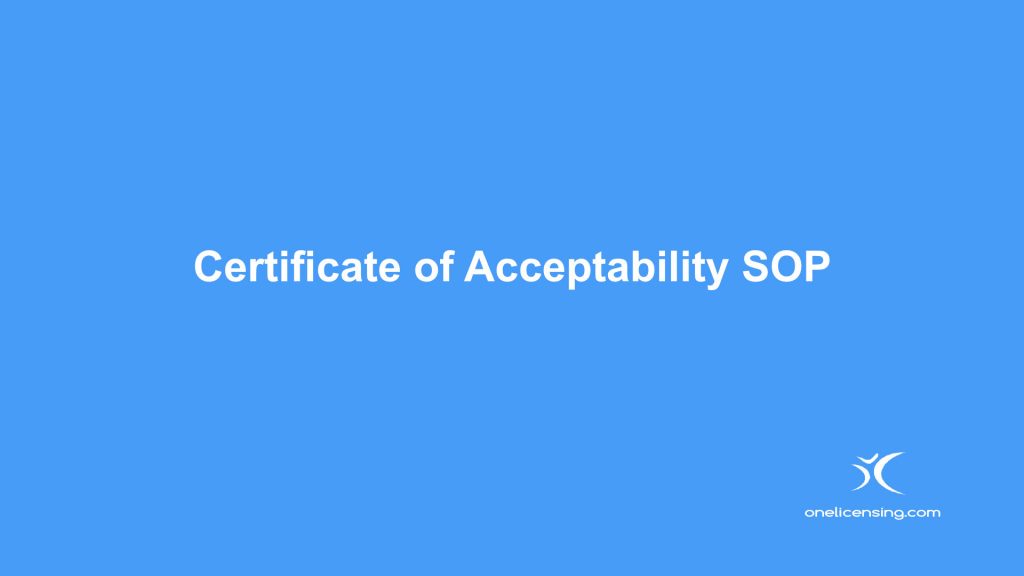Certificate of Occupancy
- The “Certificate of Occupancy” is issued in terms of section 14(1) of the National Building Regulations and Building Standards Act, 1977 (Act 103 of 1977).
- This applies whether you are moving in yourself or putting in a tenant. It also applies both to building from scratch and to carrying out any “alteration, conversion, extension, rebuilding, re-erection, subdivision of or addition to, or repair of any part of the structural system of, any building”.
- The SANS 10400 of 2011 stipulates that not only the shell/building/complex must obtain a certificate of occupancy but also every tenant in the case of commercial property in the complex or building.
- What it means is that the shell/building/complex will have approved site development plan and site plans and have all the applicable certificate of compliances and its own certificate of occupancy and the individual tenant will have his/her own approved internal layout plans and the applicable certificate of compliances and certificate of occupancy .
- The certificate of occupancy stipulates the type of dwelling – single dwelling, cluster complex, townhouse or complex, private, and commercial comply with the legislation and are safe to be occupied.
- The responsibility of obtaining a certificate of occupancy lies with the property owner and tenant in the case of commercial premises and should be obtained at the time of taking ownership or occupation of the property/premises.
- A certificate of occupancy is also in some local authorities necessary prior to water and electricity deposits can be accepted for a newly built property.
- Other local council departments will also request a copy of the certificate of occupancy before a Business license or Certificate of Acceptability or Fire Safety Certificate of Compliance are issued.
- In some cases, even the insurance companies would request a copy of the certificate of occupancy before a claim is settled and paid out.
- In necessity, you may be able to get temporary, conditional permission to use a building before the Certificate is issued, – a 7(6) order but there are council fees to be paid and usually only valid for 180 days
- If the building later falls into disrepair or is deemed unsafe, the municipality may revoke the Certificate.
- If you are moving into a new/renovated building as a tenant, ask for a copy of the Certificate from the landlord to ensure that your occupancy is lawful for the building/complex or premises
- If you are the new owner of a residential property part of the pack from the agents/attorneys and previous owners are the Certificate of Occupancy and copy of approved plans for the property.
Modus Operandi
- Consult with client and determine workload and explain Modus Operandi and Terms and Conditions
- Collating and obtaining all relevant and supporting documents and approved plans from client.
- Issuing of invoice for payment
- Completing of applicable application forms.
- Making 3 copies of all documents and forms (Original for council, 1 for client and one for OLC files)
- Payments of license fees at council pay point and lodging application at applicable department.
- Deliver proof of application and applicable submission fees paid to client.
- Arrange for onsite inspections and follow up on pending application until completion and finalized.
- Collect, make copies of Certificate of occupancy, and deliver original to client.
Documents Required
- OLC Appointment docs
- Zoning and Locality map (OLC responsibility)
- Copy of company papers
- Copy of Id’s
- Copy of title deed or lease
- Copy of approved plans
- Electrical COC
- Plumbing COC
- Plumbers details and copy of Trade test
- Mechanical ventilation COC

